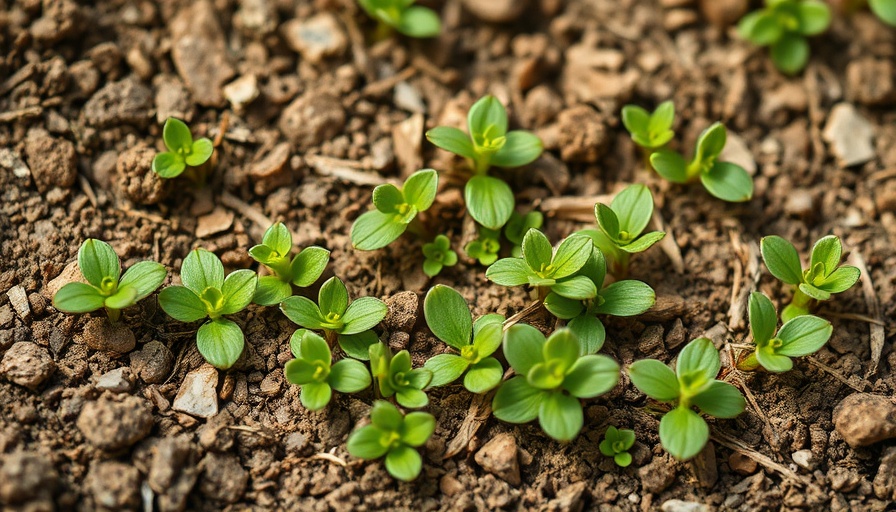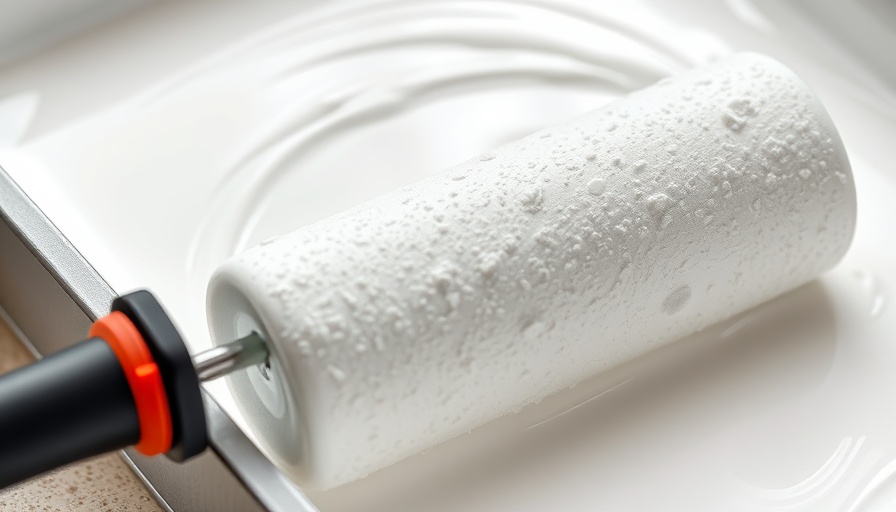
Understanding Spurge Weeds: The Uninvited Guests of Your Lawn
As spring graces us with warmer weather, many homeowners are called to action in their gardens and lawns. However, alongside the blooms of new life, spurge weeds may make uninvited appearances, threatening the vibrancy of perfectly manicured lawns. Spurge belongs to the genus Euphorbia, a family of fast-growing, invasive plants that can devastate your outdoor space if not managed promptly.
Identifying Spurge: Your Guide to Spotting These Weeds
Spurge weeds are notorious for their distinctive appearance. According to botany expert Julia Omelchenko, these hardy invaders thrive in poor, compacted soil, particularly during the hot, dry summer months. There are various types including spotted spurge (Euphorbia maculata), ground spurge (Euphorbia prostrate), and creeping spurge (Euphorbia serpens). Each of these species forms thick mats that can smother your grass and cherished plants, often producing loads of seeds that quickly sprout and spread.
These weeds often thrive in cracks in sidewalks or unengaged corners of the yard, distinguished by oval leaves that are arranged in a whorled pattern around their stems. In the summer’s heat, the leaves take on a reddish tint, making them easy to identify amongst the green. They also produce small flowers that yield even more seeds, increasing the urgency to tackle them promptly.
The Dangers of Spurge: More Than Just an Eyesore
Beyond their unsightly appearance, spurge weeds pose other threats. The milky white sap they release can irritate skin and is toxic to pets if ingested. Homeowners must be vigilant; leaving them unchecked can result in an uncontrollable growth that chokes beloved plants and compromises the health of your lawn.
How to Combat Spurge Weeds: Proactive Steps
Prevention is indeed the first line of defense. To minimize the chance of spurge establishing itself in your lawn, start by maintaining healthy soil conditions — aerate your lawn and ensure proper watering and nutritional input. Additionally, consider applying mulch in the garden beds where spurge is likely to invade, as it can prevent light from reaching their seeds and inhibit growth.
If spurge has found its way into your yard, act swiftly. Hand-pulling is an effective method if done early before they can disperse seeds. Be sure to wear gloves to protect your skin from the irritant sap. For larger invasions, herbicides specifically targeting spurge may be necessary. Consult with local gardening professionals or your local agricultural extension service for guidance on the most effective treatments.
The Future of Lawn Care: Staying Ahead of Weeds
As the climate continues to shift, weeds like spurge may increase in resilience and prevalence, making it vital for homeowners to stay informed about their behavior and growth patterns. Understanding when they thrive gives you a powerful advantage. Keeping educated about local weed dynamics, seasonal trends, and sustainable gardening practices will help in building a stronger, greener lawn that’s more resistant to invasive species.
Take Action: A Weed-Free Lawn is Within Your Grasp
The potential for a weed-free lawn awaits you! By understanding spurge weeds and taking proactive steps towards prevention and removal, your yard can flourish this summer. Connect with local lawn care professionals or download gardening apps for tailored advice, tips, and guidance based on your specific lawn needs!
Informed action is the key to protecting your oasis. Embrace your homeowner’s journey with knowledge and confidence, enabling you to enjoy every bit of what spring and summer brings.
 Add Row
Add Row  Add
Add 






Write A Comment